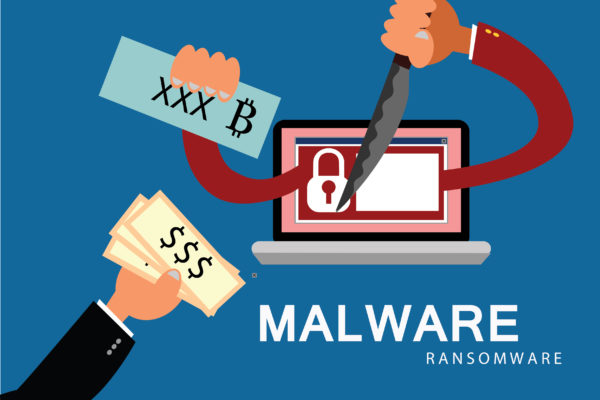Ransomware also targets the operating system installed on the affected device like any other malware activity. For that reason, it is essential for ransomware developers to take into account the specifications of the system installed on the targeted device.
The ubiquitousness of Windows has inadvertently made it easier for ransomware operators to succeed in their activities. According to the latest statistics, nearly 89 percent of desktop users have Windows as their operating system, whereas Linux and MAC OS X make up the rest.
This also means that ransomware operators have to develop the code in accordance with Windows OS to inflict maximum damage. Ransomware has to be developed specifically for a given operating system for multiple reasons.
- Ransomware has to make the most of API hooking of the given operating system to block and limit the access to the controls within the interface. The feature of API hooking of every operating system is different and therefore cryptovirological code has to be written accordingly.
- Many ransomware developers use built-in encryption libraries to build the modules of encryption and decryptions. It saves them from a complex and hectic task of developing their own encryption methods. It is extremely difficult to develop an indigenous hard-to-crack encryption matrix.
Majority of ransomware strains are developed to target devices with Windows OS. This means they can’t effectively wreak their encryption damages on the device with any other operating system. By keeping in mind this limitation, some developers have written ransomware codes, which are implemented in JavaScript and take control of the web browser regardless of the operating system installed on the targeted device. This type of ransomware can’t inflict the same level of damage because it doesn’t encrypt the files stored on the device. In addition, the ransomware removal measures for such cryptovirological strains are also simple.



